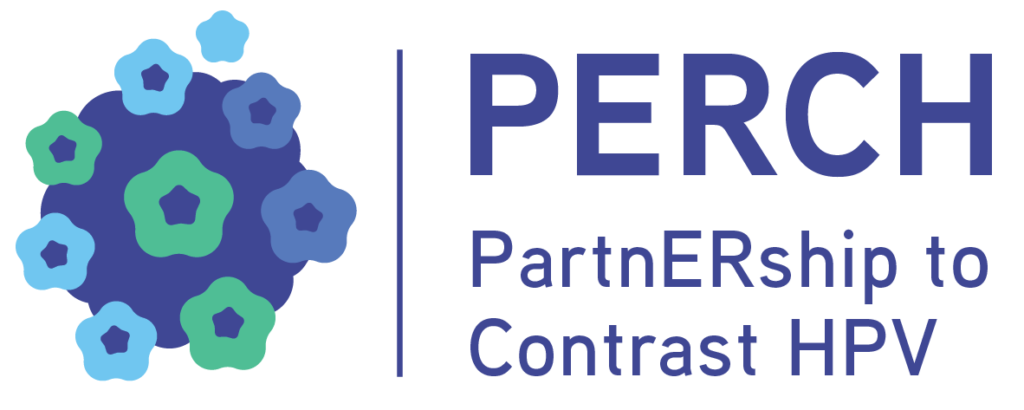Work Package 6 (WP6) deals with “Improving knowledge and awareness to increase vaccine uptake in target communities”. Its general objective is to improve knowledge and awareness about HPV-related diseases and their prevention among adolescent girls and boys and to educate the target groups about the benefits of vaccination for individual and public health.
The specific objectives are to understand the dynamics that prevent access to the HPV vaccine and to improve access to and use of reliable information/communication about HPV vaccination to increase confidence.
The main target group of WP6 activities is therefore adolescent girls and boys (aged around 15 years and younger) and their parents. The school is a strategic setting for health education. Consequently, the target group is also teachers who use the school as a primary venue for health education.
The factors associated with HPV vaccination hesitancy were investigated in all 11 countries participating in WP6 using:
1. literature review;
2. anonymous, self-administered questionnaires administered to families of target girls/boys to determine their level of knowledge about HPV, diseases associated with HPV infection, HPV vaccines, their opinion of the HPV vaccine and their child’s vaccination status;
3. focus groups with students to determine their level of knowledge about HPV, HPV infection-related diseases, HPV vaccines and sexually transmitted diseases (STDs), their opinion on vaccination, and their information needs and preferred means of information;
4. focus groups with school teachers to determine their level of knowledge and that of their students about HPV, HPV infection-related diseases, HPV vaccines, their opinion on the HPV vaccine and their information needs. In addition, their willingness to participate in health promotion events with their students should be investigated.
This WP6 research highlighted several key factors contributing to HPV vaccination hesitancy, which were included in the ‘Report on main determinants of HPV vaccine hesitancy at national level’:
1. Lack of knowledge:
– Many young girls and mothers are not sufficiently informed about the HPV vaccine. This includes the purpose of the vaccine, the target group and its role in preventing cervical cancer.
– There are also still misconceptions that the vaccine protects against all sexually transmitted diseases.
2. Sources of information:
– The media and the internet are important sources of information, but often provide conflicting and confusing information that leads to hesitancy about the vaccine.
– Mothers are the main source of information for girls, highlighting the importance of accurate information not just being discussed within the family.
– Doctors play a crucial role. However, their doubts about the safety and efficacy of the vaccine can significantly influence the parents’ decision.
3. Influence of doctors:
– A strong recommendation from physicians significantly increases the acceptance of the vaccine.
– Organizational and relational barriers, such as infrequent adolescent consultations and incomplete vaccination schedules, also hinder vaccine acceptance.
4. Parental role:
– Mothers who have a healthcare profession are more likely to support vaccination because they are more aware of the benefits of vaccination.
– A trusting relationship between mother and daughter increases the acceptance of vaccination, while broken family ties decrease it.
5. Fear of side effects:
– Concern about possible side effects, especially given the novelty of the vaccine, is widespread among parents.
– Historical controversies, such as the link between the hepatitis B vaccine and multiple sclerosis, contribute to these fears.
To increase uptake of the HPV vaccine, WP6 suggests:
– Educational Interventions: Using schools for health education and distributing information leaflets can significantly improve vaccination rates.
– Clear communication: Providing consistent, science-based information through trusted sources, including physicians and school nurses, is critical.
– Parental Engagement: Involving parents, especially mothers, in discussing the benefits of vaccination and addressing their concerns about side effects and effectiveness.
– School-based programs: Implementing vaccination programs in schools, despite initial resistance, can help reach a larger population and reduce social inequalities.


